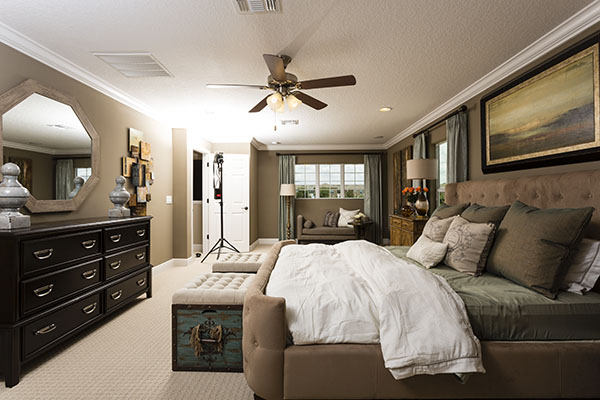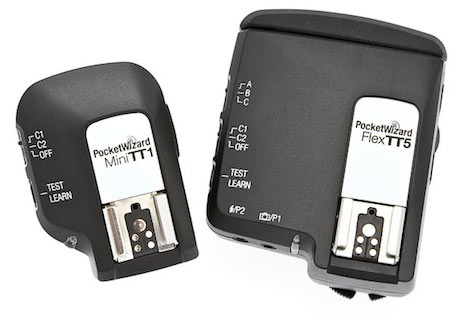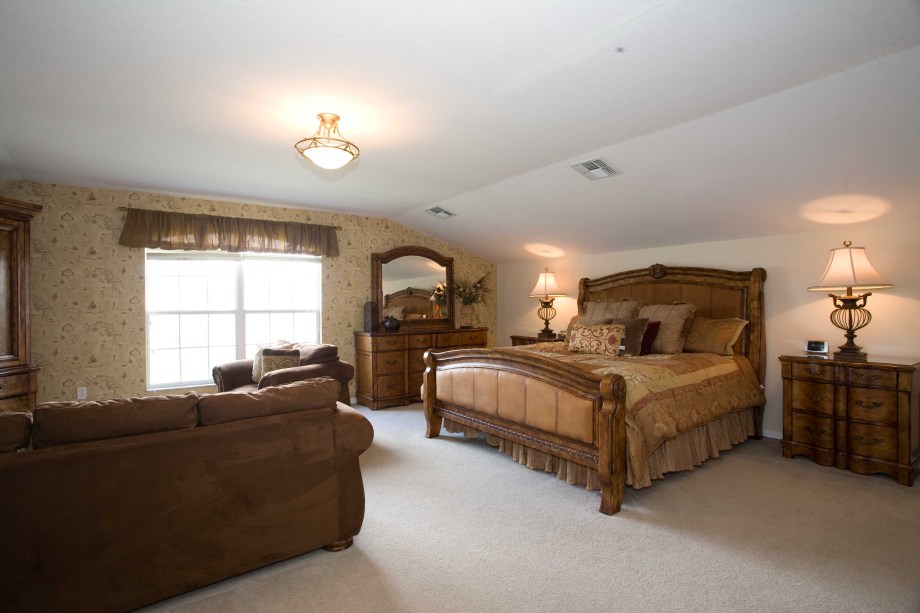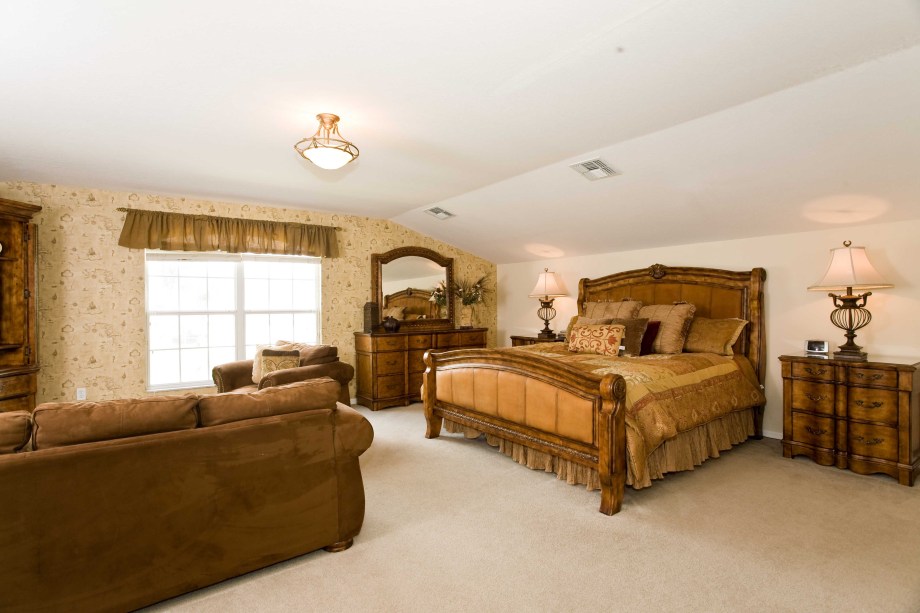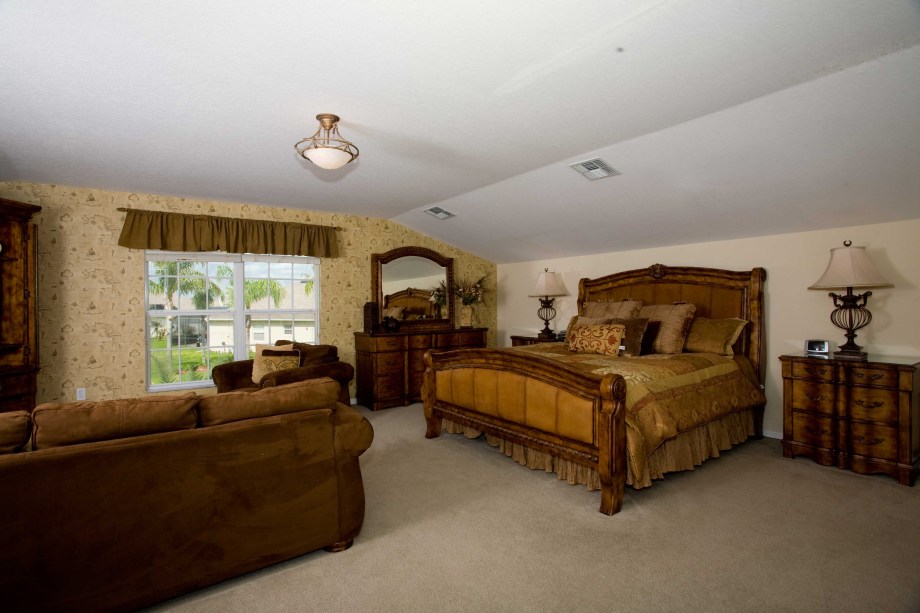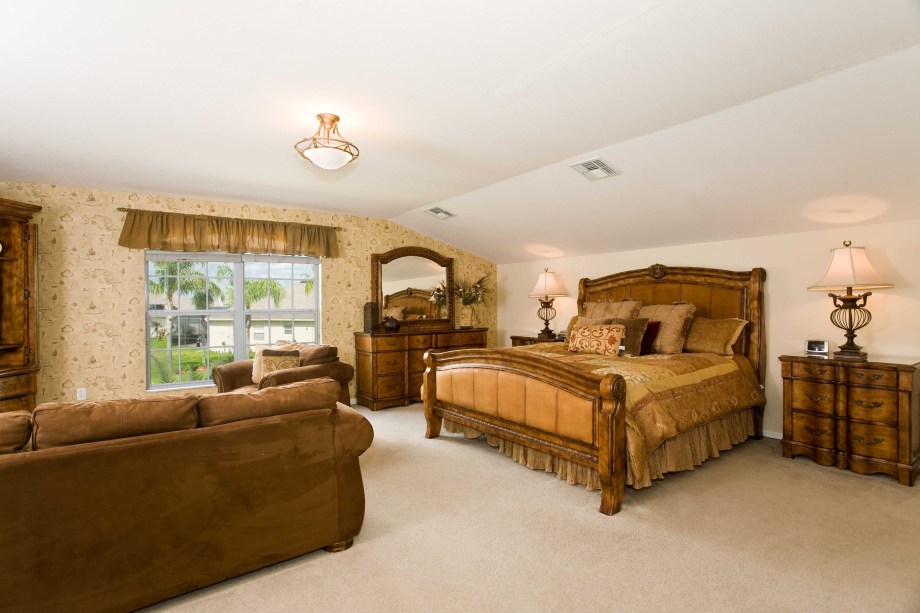I recently posted a picture on my Facebook fan page and someone asked for some behind the scenes info. While I sometimes take some set-up shots with my phone, I’m usually so busy I forget to do it more often. So instead, I thought I’d show a couple of exposures I used to make a final image.
In the photo above you can see my strobe firing into the ceiling. I took this exposure for the window on the far side of the bedroom. I had already taken one exposure for the bedroom using a single speedlight. But that flash is not powerful enough to overpower the sun. It requires a shutter speed fast enough to render detail out the window but it leaves the window frame nearly black. So I pull out the big gun. This is the final image:
It’s a similar scenario in the master bathroom. I took an exposure for the room with the speedlight in my hand bounced off the ceiling. But if I took an exposure for the outside, the flash would reflect off the window. So I had to move slightly to the left. This exposure also corrects for the light fixture which would otherwise be blown out.
This is the final image:
So there you have it. Just a couple of examples that give you a little insight into how I get my shots.
